Types of tomato garter pegs and their uses
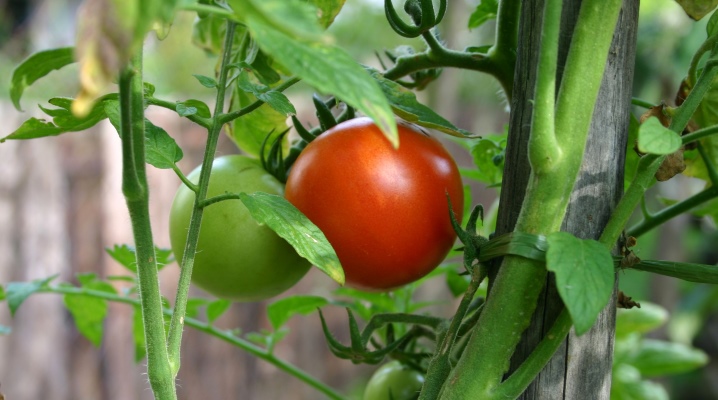
Tomatoes are one of the most popular types of vegetables grown in our country. The tomato has gained great popularity due to its taste, nutritional, dietary characteristics, as well as high yield in a variety of climatic conditions and great species diversity. However, in order to achieve a large harvest, tomatoes require good maintenance, including tying them to pegs.


Description and functions
Tomatoes can be grown in the greenhouse or outdoors, they are cultivated horizontally or vertically. The vertical cultivation method is considered to be more common. It allows:
- more efficient use of the cultivated area by growing a large number of plants in a small area;
- get a better harvest due to good illumination of the plant along the entire height of the bush;
- significantly simplify the process of watering, feeding the bushes, as well as the subsequent harvesting;
- prevent damage to fruits during processing.
In a suspended state, the fruits are located above ground level during ripening. This protects them from attack by slugs and other pests, and reduces the risk of fungal infections.
The most popular way to tie up tomato bushes is to fix them to vertically installed pegs.
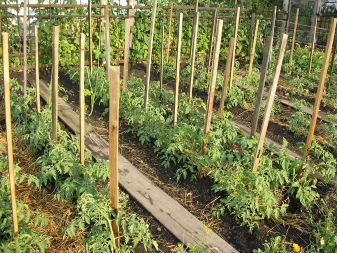
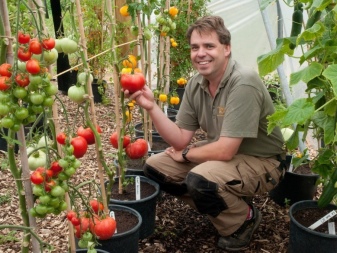
What are the stakes made of?
In order to make pegs, you can use a variety of materials, including improvised ones - metal fittings, plastic or fiberglass pipes, as well as shrub trunks and tree branches. And of course, you need a rope to complete the garter. Each material has its own characteristics, let's dwell on them in more detail.
Wood
Wooden poles are highly regarded for their low cost and availability. The service life of such pegs reaches 10 years or more. Growers can buy supports in the store - bamboo models are very popular. Some summer residents make them on their own from improvised means:
- strong trunks of wild-growing shrubs;
- picket fence from the fence;
- cuttings from old shovels.
Depending on the height of the variety, sticks with a length of 1 to 2 m are used.
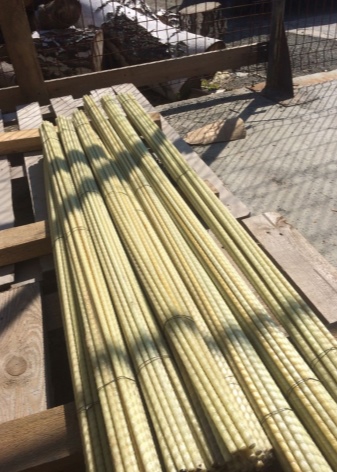

Metal
A good solution would be to use metal rods. The strong and durable parts are very easy to insert into the substrate and take out after the season is over. Metal is strong, durable and reliable. It does not break, does not rot, and besides, it can withstand maximum wind and weight loads.
The only drawback - this is the high cost of new rods, therefore, most often in summer cottages they are replaced with recyclable materials. Usually, the remains of pipes or fittings from repair and construction work are used.
Any rods with a diameter of 5-10 mm are suitable as pegs, and the height is selected based on the length of the cultivated variety.
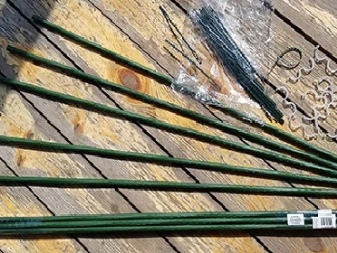
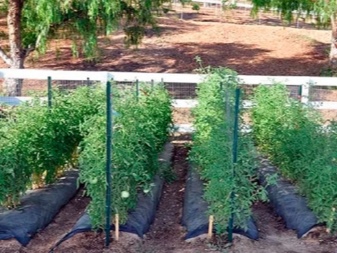
Fiberglass
Fiberglass is a composite based on metal and glass, which gives the material special strength. That is why fiberglass tomato pegs will be an excellent choice for tying growing bushes. The advantages of fiberglass are obvious: it does not corrode, does not break, does not bend under the weight of tomato bushes, and besides, it is resistant to chemical triggers.
For work, pipes and posts with a diameter of up to 10 mm are selected, they are cut into separate elements of 1.5-1.7 m each - this is a universal length for bushes of all varieties.


Plastic
Plastic garden pegs can be purchased at any agricultural store. They are easy to use and look very neat on the beds.
For maximum reliability, it is better to give preference to plastic pipes with a metal rod inside.
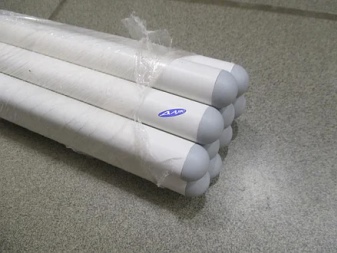
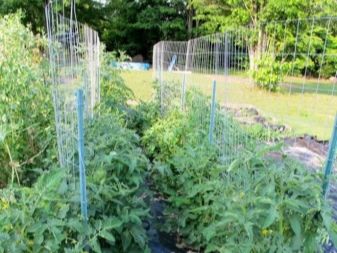
How to do it yourself?
If you wish, you can make wooden supports for tomatoes with your own hands, without having special work skills and special tools. To do this, prepare a wooden board 2-2.5 m long, 10-15 cm wide and 6-7 cm thick. It must first be marked in length and width for the required number of stakes, and then using a circular or hand saw to dissolve the workpiece into separate bars.
After that, all that remains is to grind with a plane, and if the tool is not at hand - with coarse-grained emery. To facilitate subsequent penetration, the end of the stakes can be sharpened at a 45 degree angle on one side of the support or several.
When making pegs from branches, you must first remove the bark from them and sand them to remove all the roughness. It is advisable to treat the cut site with resin to prevent the appearance of roots. To increase the durability of the stakes, it is necessary to lightly burn them in an oven or on a fire.
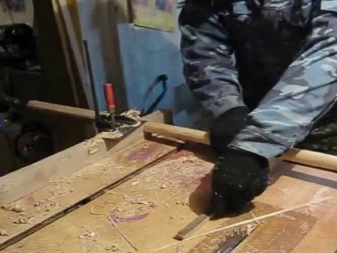
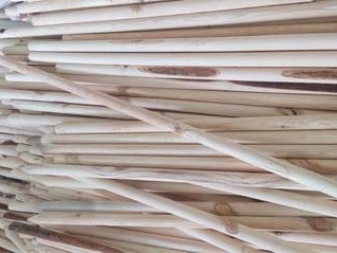
How to tie up tomatoes correctly?
Tying a tomato bush to the pegs is not at all difficult. The whole procedure boils down to the fact that a support is fixed near the plant and the plant is tied to it. Nevertheless, in the gardening practice, a number of rules have been developed, the observance of which will make the garter as gentle as possible for plants.
So, the optimal sizes of the pegs have been established:
- for tall varieties, it is 2-2.5 m;
- for medium-sized varieties, shorter supports with a length of 1.5 m will be needed.
The peg should be immersed in the ground by 50-80 cm. The part of the support located above the soil should exceed the maximum height of the bush by at least 20-30 cm.
Stakes should be placed at a distance of 10-15 cm from the stem on the north or south side, so as not to shade the bush.
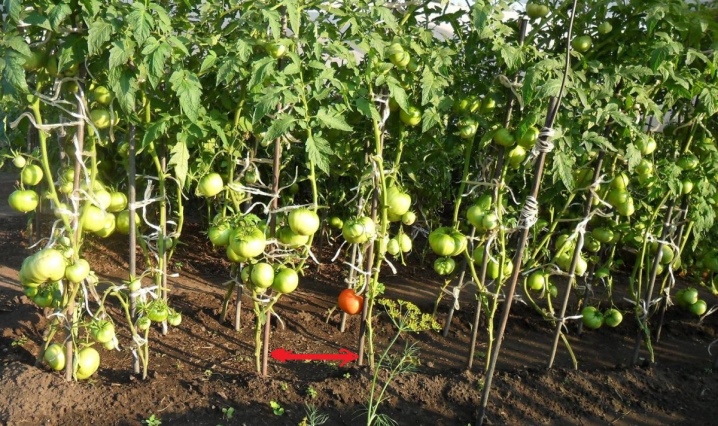
If the ground is hard, then you need to hammer the pegs with a sledgehammer or a heavy hammer. If the substrate is loose, it is enough to just slightly press on the support with your hands so that it goes to the required depth.
You can tie the tomatoes to the support using a twine made of a material that is resistant to decay. First, the rope is fixed on the support, only after that the stem is picked up and tied to several knots. In order for the fixation to be reliable, it is advisable to grab the stem, as well as a couple of adjacent brushes.
All that remains for the gardener is to periodically re-tie the tomato as the bush grows, for this the tape is moved up from time to time.
See tips for using the tomato peg.



































































The comment was sent successfully.